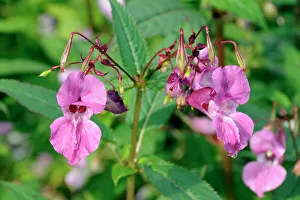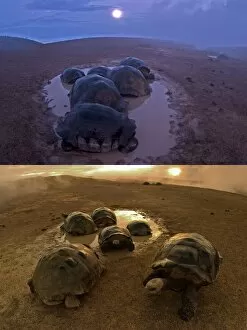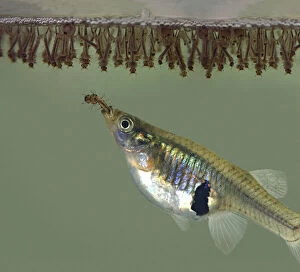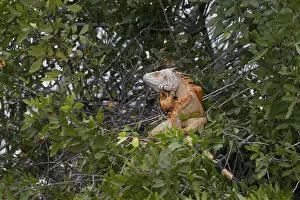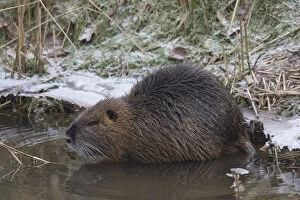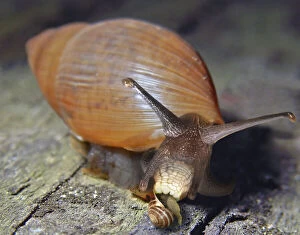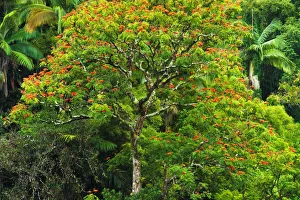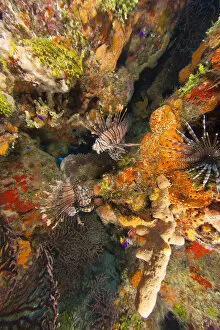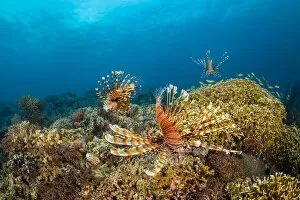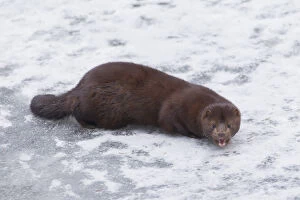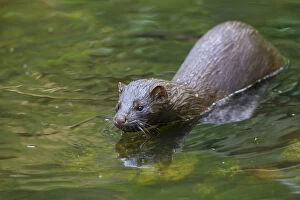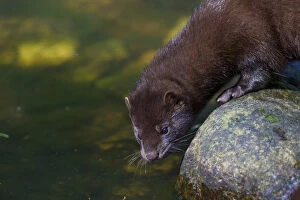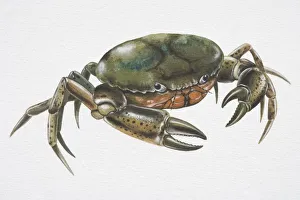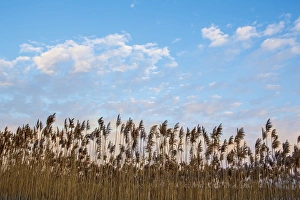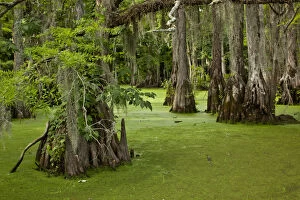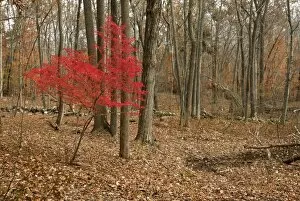Invasive Species Collection
"Invasive Species: A Global Challenge" Picture No. 12009584 showcases the vibrant beauty of Himalayan balsam flowers and seed pods in Wiltshire, England
All Professionally Made to Order for Quick Shipping
"Invasive Species: A Global Challenge" Picture No. 12009584 showcases the vibrant beauty of Himalayan balsam flowers and seed pods in Wiltshire, England. However, beneath their alluring appearance lies a threat to native flora. Meanwhile, Picture No. 12009583 reveals the fascinating thermoregulation process of Galapagos giant tortoises. Unfortunately, these iconic creatures face disruption due to invasive species encroaching upon their habitats. In Miami's gardens of Viscaya, USA, iguanas have made themselves at home (Picture No. 12009582). These large green invaders disrupt local ecosystems and pose challenges for conservation efforts. Another invader wreaking havoc is the nutria (Picture No. 12009581), as seen during winter in S-E Arndt's photograph. Originally from South America, this destructive rodent has found its way into various regions worldwide. The Eastern mosquitofish (Gambusia holbrooki) is introduced globally for mosquito control (Picture No. 12009580). While it may seem beneficial initially, its widespread presence poses threats to native fish populations in North America and beyond. Guarding its offspring fiercely is the brown bullhead catfish (Ameiurus nebulosus) shown in Picture No. 12009579. Though they live relatively short lives between six and eight years old, these invasive catfish can cause significant ecological imbalances when introduced into non-native waters. From picturesque landscapes to captivating wildlife encounters across continents – each image highlights a different aspect of the invasive species challenge we face today on a global scale. Let us strive towards understanding and managing these intruders effectively to protect our precious biodiversity for future generations.

